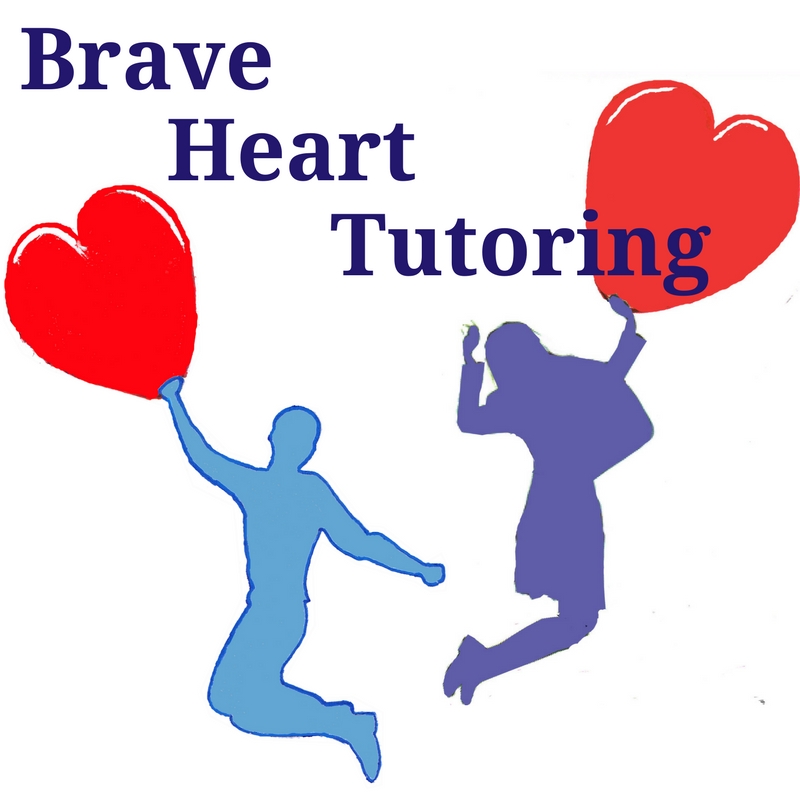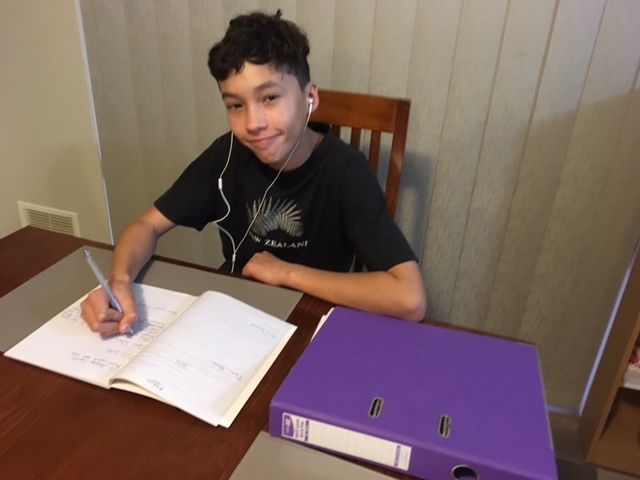Memory and practice
The brain is a remarkable machine. This video explains how, for physical tasks, practice enhances memory even if you only use visualization. To create a memory of something you are studying, an action such as re-writing dot point notes by hand will form what people refer to as “muscle memory”. This implies the muscles involved in writing remember. This is not actually correct. Memories are formed by multiple repetitions causing nerve cells to multiply in the brain and in the nerves controlling hand movement. Repetition increases the thickness of the myelin sheath surrounding each nerve fibre. This insulates the nerve and allows messages to repeatedly and rapidly flow down that nerve. More nerve cells are generated following this pathway and when they fire together, memory is strengthened.
Synaptic plasticity
So a memory is a reactivation of a group of nerve cells. But what enables a specific combination of neurons to be reactivated over any other combination of neurones? The answer is that synaptic plasticity allows persistent strengthening of the connections between nerve cells. These connections are called synapses. These connections can be made stronger or weaker depending on when and how often they have been used in the past. Active connections get stronger, whereas inactive connections get weaker. Eventually they disappear entirely so “use it , or lose it.”
The importance of exercise to memory
There is another form of plasticity that could be important for memory formation. In some parts of an adult’s brain, such as the hippocampus, new neurones can be formed in a process called neurogenesis. In humans, exercise has been shown to increase the size of the hippocampus. This suggests new neurones are being formed. At the same time performance in memory tasks improves.
The effect of breaks during tasks
Another important practice when memorising is to take breaks and reward yourself after studying. The timing and length of breaks varies between individuals. Experimenting with differing combinations of work versus rest times will allow the best combination to be identified.






